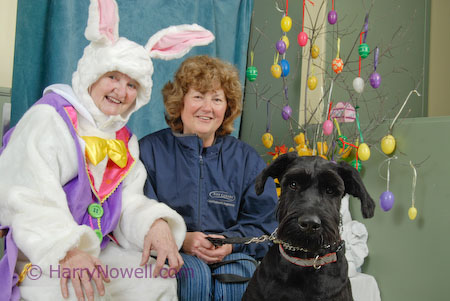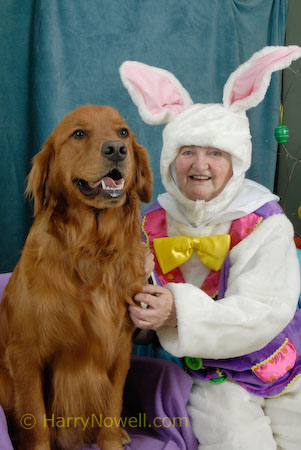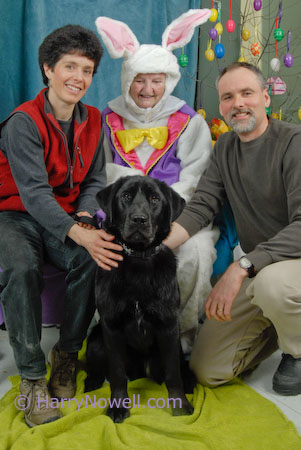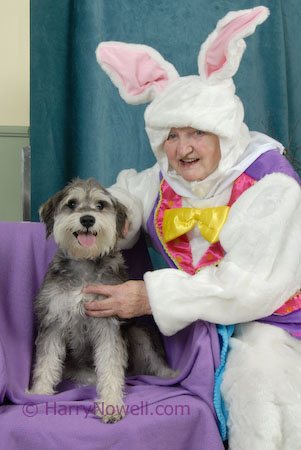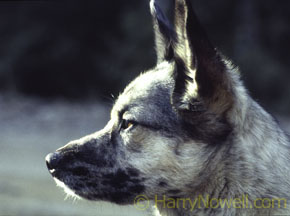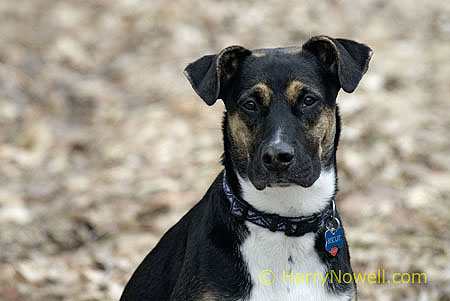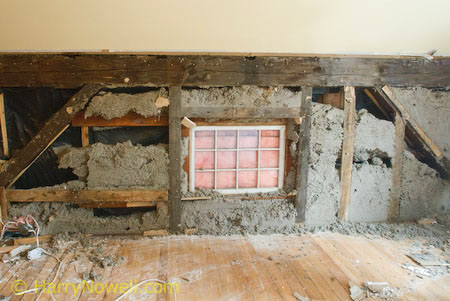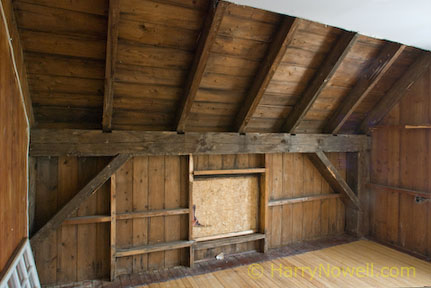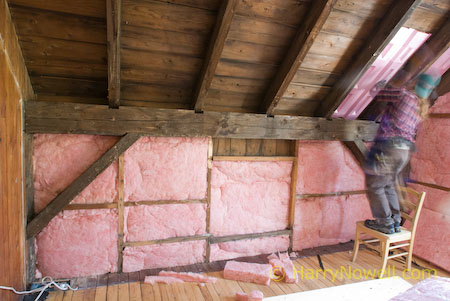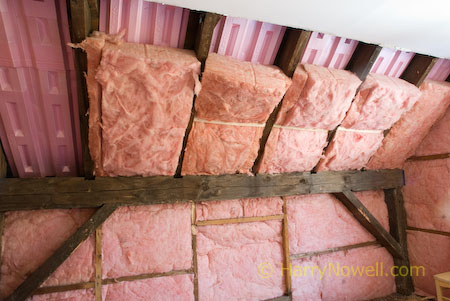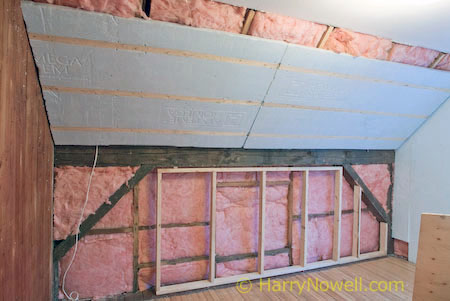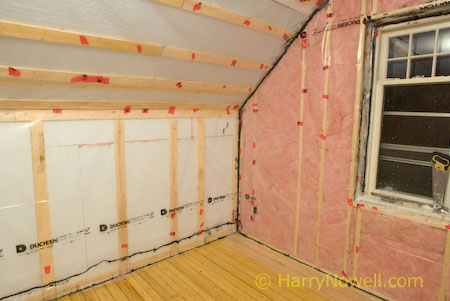The good news is the demand for stock imagery continues to be strong. The other good news is, as a photographer, stock can be one of the most creatively rewarding aspects of the job.
There is news that is less rosy. While demand may be stable – lets face it photo imagery will always be in demand – there is far too big a supply of usable imagery in the marketplace. With too much supply comes low prices. With far too much supply comes crushingly low prices.
In the next few blog postings we will be posting some background stock industry information, current trends and future opportunities for the creators of stock imagery.
Some stock photo history:
The idea of licensing imagery started many, many, many years ago – some say as early as the 1920’s. As with many good ideas that become prominent mainstream commercial ventures there is often a large lead time needed to develop the idea.
Stock started growing to prominence as two sides – supply and demand saw a need for the idea of stock:
- End users recognized the value of the idea of stock – needing a vibrant, sunny, photo of a biplane pilot shot flying his plane is very costly to assign to a photographer. The photog has to wait for the right weather and get in the air with a skilled model. That will cost the client lots of dough.
- Photographers initially recognized they had some out takes from assignments. The work sat earning nothing. As the stock industry developed photographers recognized good photo skills combined with contacts to people with, say a biplane and pilot’s license, could turn into viable stock photo sales.
From the photographer’s perspective there was value in hpothesizing what would sell and what was accessible to capture. From the market’s perspective there was value in looking at pre shot imagery for their photo needs. The missing link were agencies who would connect photographers and clients.

Agencies like TonyStone started linking supply and demand. By the 1980’s stock was a good place to be. What a life:
- shoot what you enjoy (as long as there is a market)
- submit regularly to a good agency
- watch sales grow!
The Stock Industry – Rights Managed
Imagery was licensed on a Rights Managed basis – photos were tracked and usage histories were kept. Prices were negotiated on a per usage basis – the greater the value of the use the greater the price.
Early stock photographers watched significant annual sales as they amassed large collections of imagery available for licensing. Some assignment photographers felt this stock photo model was scandalous and unethical – a sellout!
As with any market where people are making good sales at an enjoyable task more people entered the supply chain. By the mid 1990’s things started to change. There was more supply than demand.
Royalty Free
A new model of stock was launched – Royalty Free. Agencies started licensing imagery for a flat fee regardless of usage – no history was recorded which could cause embarrassing and expensive scrapped ad campaigns. The result of greater supply was lower pricing. Agencies undercut each other to get a greater share of the market.
Again… some photographers felt this stock photo model was scandalous and unethical – a sellout!
Takeovers!
Photographers kept pumping out more imagery trying to sustain sales levels. Agencies tried to outdo each other. Getty (of oil fame) and Corbis (of Bill Gates fame) started gobbling up smaller agencies – like Tony Stone – trying to capture the market. Throw in the new phenomenon of the World Wide Web and you have an easier way to show off unlimited amounts of imagery on the web – the supply of imagery exploded!
The late 1990’s were a time of tumultuous upheaval for the market as the world of stock re-invented itself.
Microstock
Recently, another new model entered the industry – microstock – based on ‘crowdsourcing‘ ideas. A small Canadian company, istockphoto, started the trend by sourcing imagery from accomplished non professionals – often hobby photographers – and selling it for very little money – $2-$29 per image! These rates make it very hard to earn a living especially when most istock contributors earn 20% commission – that’s 40 cents to $5.80 for each sale they make on your behalf.
Wow… many photographers feel this stock photo model is scandalous and unethical – a sellout!
And that is where we stand today. Too many photos. Steady demand. Three stock models still exist:
- Rights Managed
- Royalty Free
- Microstock
Who has the power? Not the photographers! There is money to be made but it is very, very tough for new photographers to establish themselves as money making traditional stock shooters of the glory days of stock.
Stay tuned for current trends in stock photography… Coming soon!

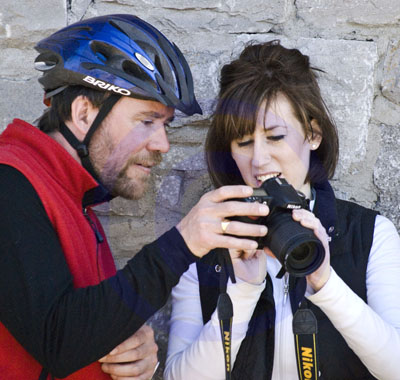

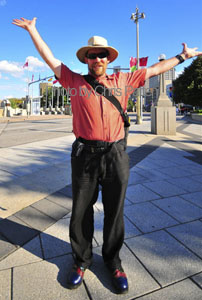
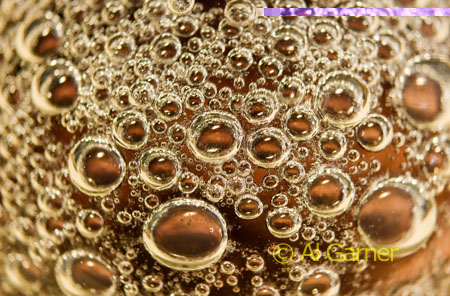 AlGarner
AlGarner




